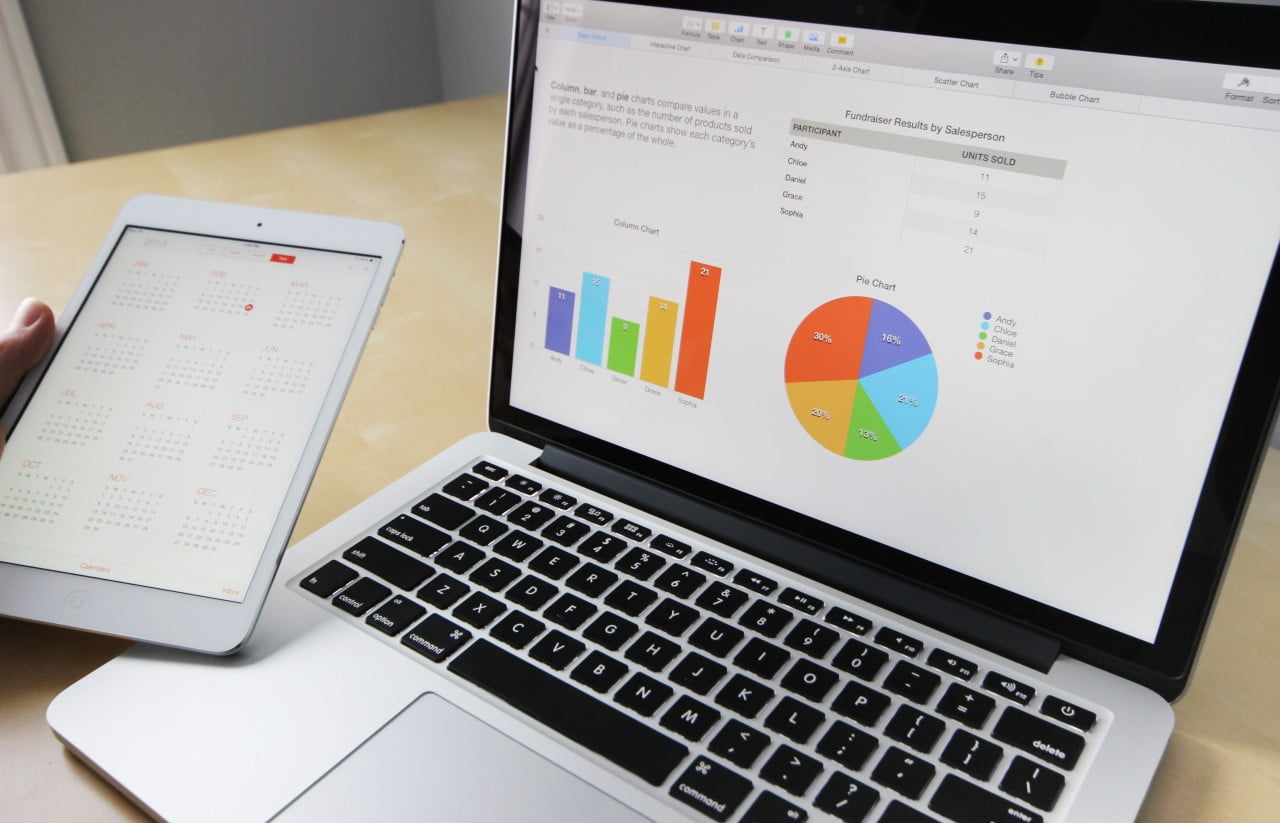What is Making Tax Digital?
Making Tax Digital (‘MTD’) is an attempt to do exactly what its name suggests. Businesses will have to keep electronic records of their accounts (using HMRC MTD approved software) and file their tax information digitally.HMRC claims it wants to make tax administration more effective, more efficient and simpler. In practice, it means that business and taxpayers will need to start using accounting software to digitally submit the returns instead of completing their VAT returns by typing numbers into the existing online HMRC portal.
When does MTD for VAT come into force?
Officially on 1st April. There is a stagger depending on the business quarter end date. This is when affected businesses will no longer be able to keep manual records. After that date, digital records must be maintained in software or spreadsheets which can connect to HMRC via an Application Programming Interface (API).
Who will be affected?
All VAT-registered businesses and organisations with a taxable turnover above the VAT threshold of £85,000 per annum.
Are there any exemptions?
In the main, no. HMRC’s online VAT return will remain available only to businesses and organisations that are not within the scope of MTD for VAT. So, just those which complete a VAT return but have taxable turnover below £85,000.00 per year. However, the only exception to this is a small minority of VAT-registered businesses and organisations with more complex requirements. These include trusts, ‘not for profit’ organisations that are not set up as a company, VAT groups, VAT divisions, traders who are based overseas, annual accounting scheme users and any organisation that makes payments on account. Those which fall into any of these categories have a six month deferral until October 2019.
What do businesses need to do to be ready for MTD for VAT?
Firstly, take time to understand the facts and what MTD actually means for you. It’s a huge change and one that can’t be avoided. On a more practical level, speak to your accountant or carefully research the types of compatible software products that use HMRC’s API platform. There are a lot on the market – some better than others. It will also take time to learn how to use so don’t leave it until the last minute.
What are the implications of not being compliant?
If your business is affected by MTD for VAT and you don’t use compatible software then you simply won’t be able to submit your returns and pay what is owed. If that happens, HMRC will consider your business to have defaulted on its VAT bill. When a business fails to pay its VAT, it enters into a 12-month period called a ‘surcharge period’. During which time, it will be charged an additional fee on top of its VAT bill based on its annual turnover and past default history. If it still fails to pay VAT, its account will go into arrears and HMRC will take steps to recoup the monies – often through the courts.
PM+M can offer a wide range of services and support to help you become MTD compliant (including reviewing your current VAT procedures, guiding you towards a suitable solution, assisting with quarterly submissions to HMRC and even providing training for your team). Get in touch with our specialist MTD team to find out more by emailing MTD@pmm.co.uk or by calling 01254 679131.




